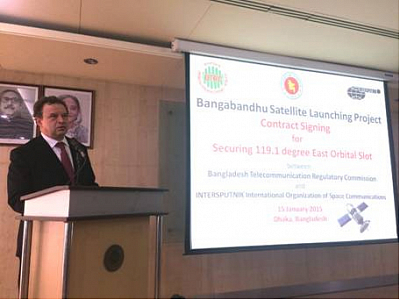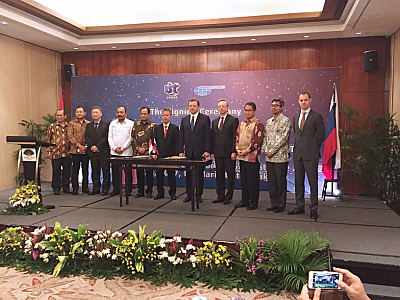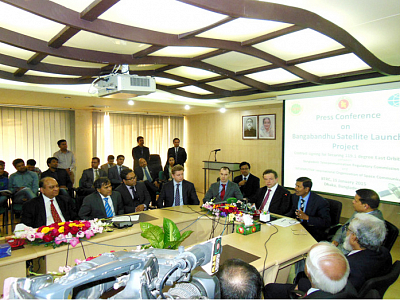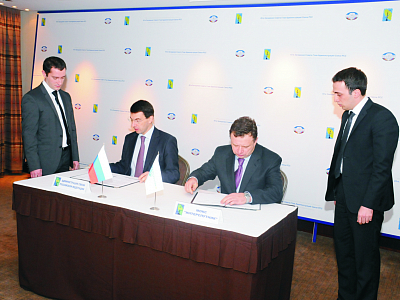Intersputnik has a unique asset — the orbit and spectrum resource filed in the interests of the organization
Frequency assignments to Intersputnik’s satellite networks have been filed with the ITU and undergone international frequency coordination since the mid-1990 so that this resource could be used together with interested partners.






